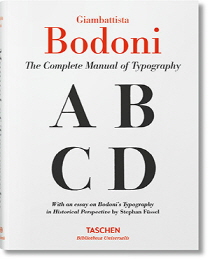Alphabet Legend
The complete reproduction of a typographical masterwork
Official printer for the Duke of Parma, Giambattista Bodoni (1740–1813) declared that well-designed type derived its beauty from four principles: uniformity of design, sharpness and neatness, good taste, and charm. In his Manuale tipografico, published posthumously in 1818, he distilled these principles into a comprehensive catalog of type and set the standard for printing the alphabet thereafter.
TASCHEN’s meticulous reprint of Bodoni’s masterwork celebrates what was an unprecedented degree of technical refinement and visual elegance, as well as exploring the origins of the much-loved Bodoni typeface, still frequently deployed in both print and digital media. Like the original, the book features 142 sets of roman and italic typefaces, a wide selection of borders, ornaments, symbols, and flowers, as well as Greek, Hebrew, Russian, Arabic, Phoenician, Armenian, Coptic, and Tibetan alphabets.
『Taschen Compact』 시리즈의 특징
합리적인 가격으로 다방면의 주제를 아우르는 문화적 동반자인 TASCHEN Compact 시리즈!
1980년 문화 고고학자들과 함께 작업하기 시작한 이래로, TASCHEN 브랜드는 접근 가능한, 열린 시각의 출판을 지향하고 있다. Bibliotheca Universalis 시리즈는 약 100가지의 이 시대 가장 사랑받는 타이틀로 깔끔한 판형을 갖추고 있어 미술, 인류학과 성에 관련한 당신만의 소중한 서재를 만들 수 있다.
결코 지루하지 않으며 언제나 즐거운, 독서를 좋아하는 이들에게 기쁨이 될 것이다!
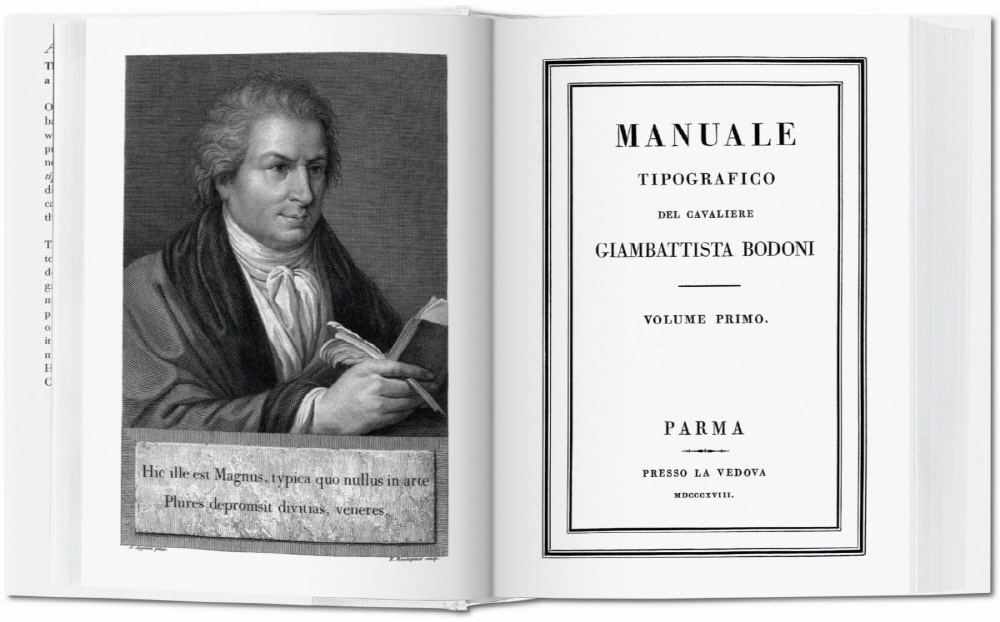
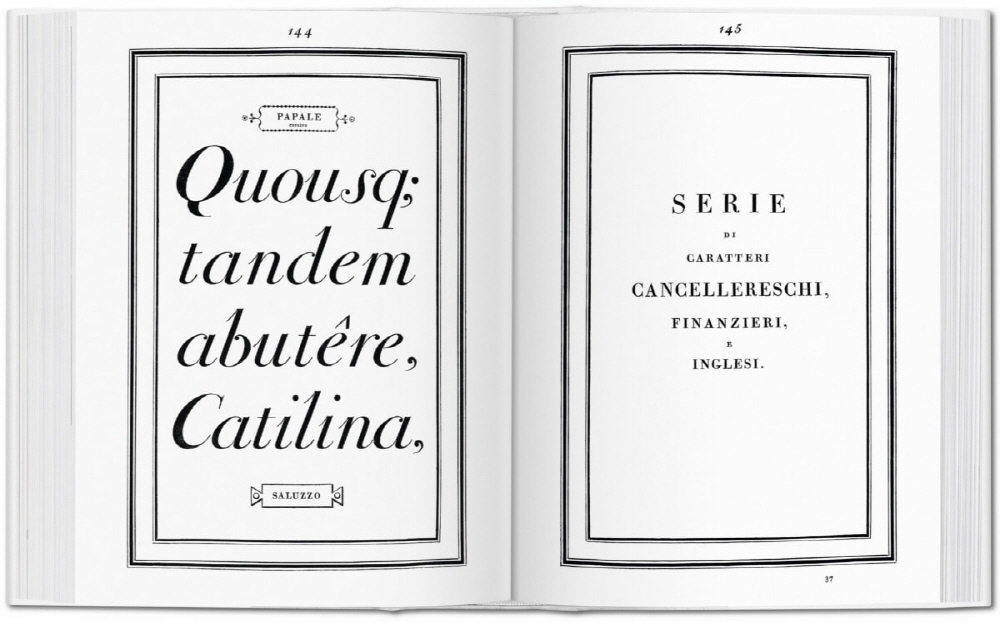
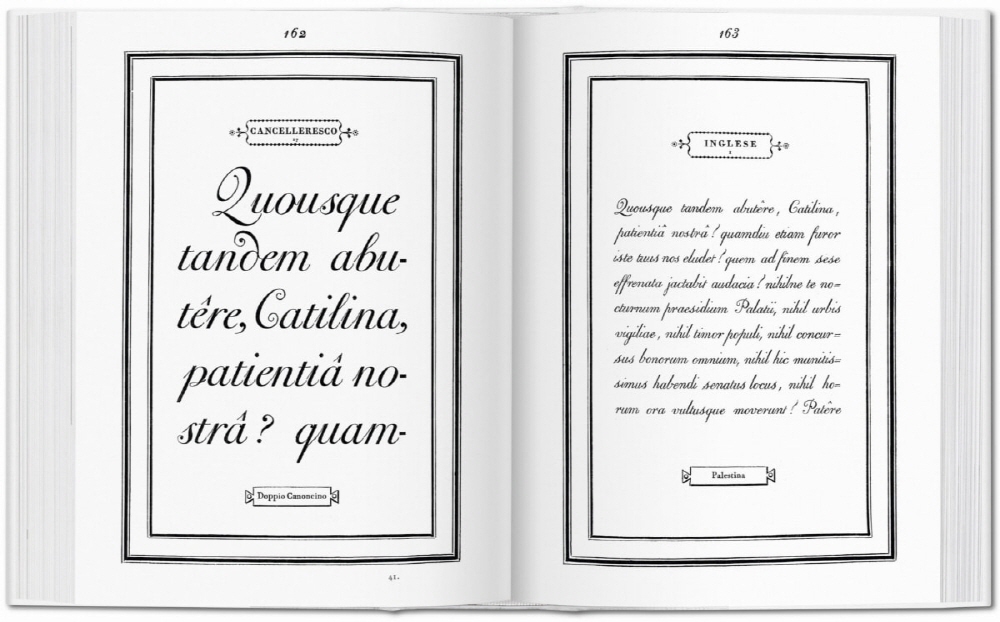
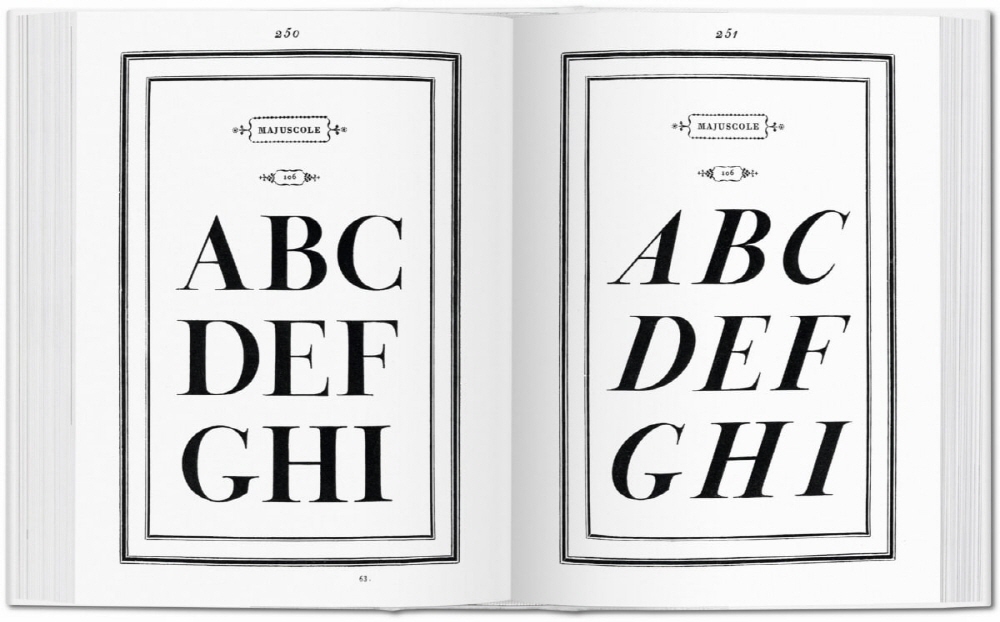
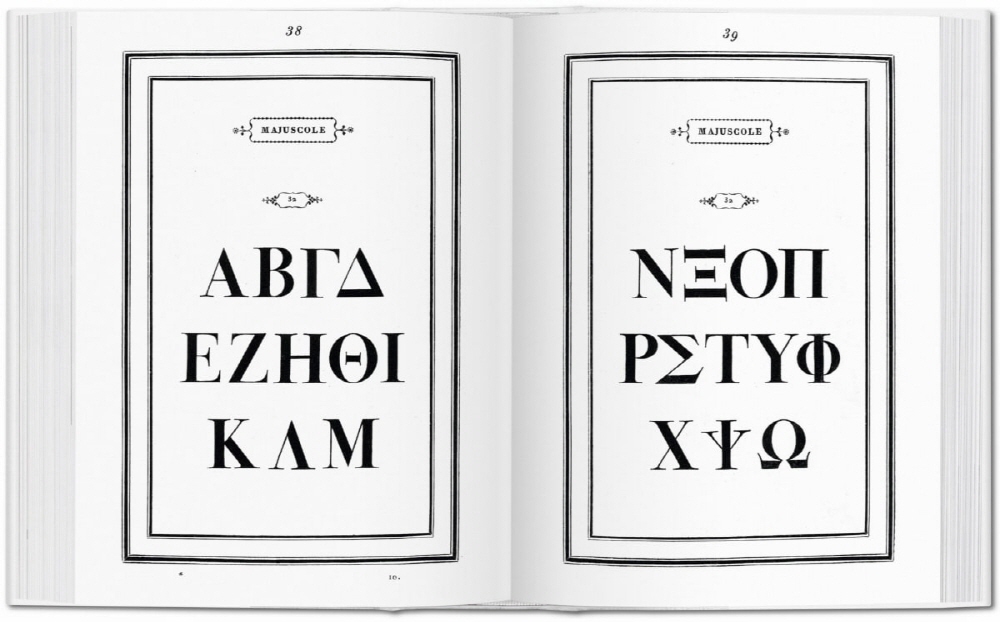
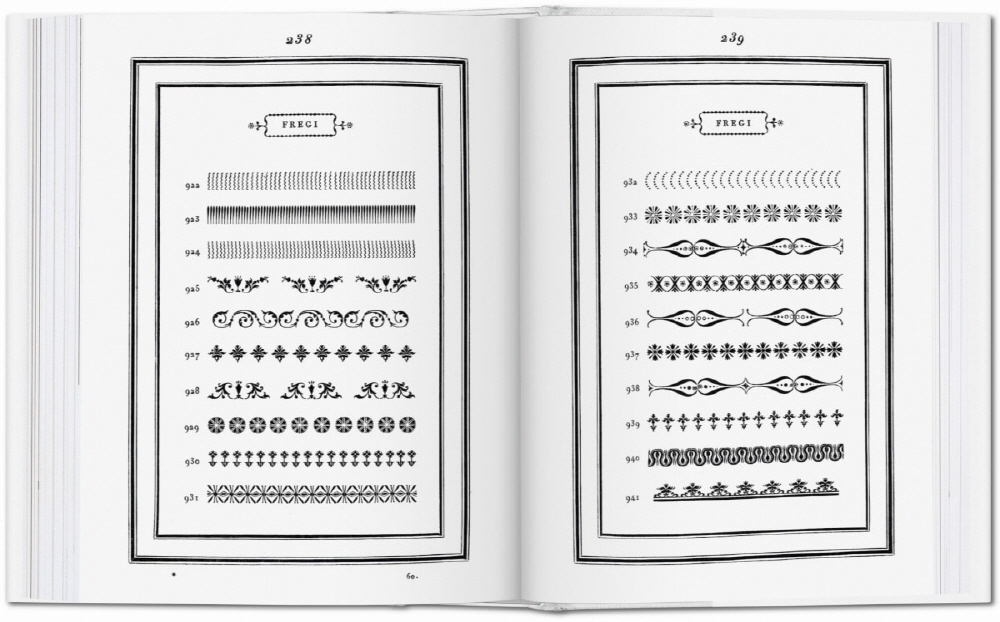
The complete reproduction of a typographical masterwork
Official printer for the Duke of Parma, Giambattista Bodoni (1740–1813) declared that well-designed type derived its beauty from four principles: uniformity of design, sharpness and neatness, good taste, and charm. In his Manuale tipografico, published posthumously in 1818, he distilled these principles into a comprehensive catalog of type and set the standard for printing the alphabet thereafter.
TASCHEN’s meticulous reprint of Bodoni’s masterwork celebrates what was an unprecedented degree of technical refinement and visual elegance, as well as exploring the origins of the much-loved Bodoni typeface, still frequently deployed in both print and digital media. Like the original, the book features 142 sets of roman and italic typefaces, a wide selection of borders, ornaments, symbols, and flowers, as well as Greek, Hebrew, Russian, Arabic, Phoenician, Armenian, Coptic, and Tibetan alphabets.
『Taschen Compact』 시리즈의 특징
합리적인 가격으로 다방면의 주제를 아우르는 문화적 동반자인 TASCHEN Compact 시리즈!
1980년 문화 고고학자들과 함께 작업하기 시작한 이래로, TASCHEN 브랜드는 접근 가능한, 열린 시각의 출판을 지향하고 있다. Bibliotheca Universalis 시리즈는 약 100가지의 이 시대 가장 사랑받는 타이틀로 깔끔한 판형을 갖추고 있어 미술, 인류학과 성에 관련한 당신만의 소중한 서재를 만들 수 있다.
결코 지루하지 않으며 언제나 즐거운, 독서를 좋아하는 이들에게 기쁨이 될 것이다!






The author
Stephan Füssel is director of the Institute for Book Studies at the Johannes Gutenberg University in Mainz, and holder of the Gutenberg Chair at the same university. He has published prolifically on the early days of printing, the sale and publication of books between the 18th and 20th centuries, and the future of communications.
Stephan Füssel is director of the Institute for Book Studies at the Johannes Gutenberg University in Mainz, and holder of the Gutenberg Chair at the same university. He has published prolifically on the early days of printing, the sale and publication of books between the 18th and 20th centuries, and the future of communications.





